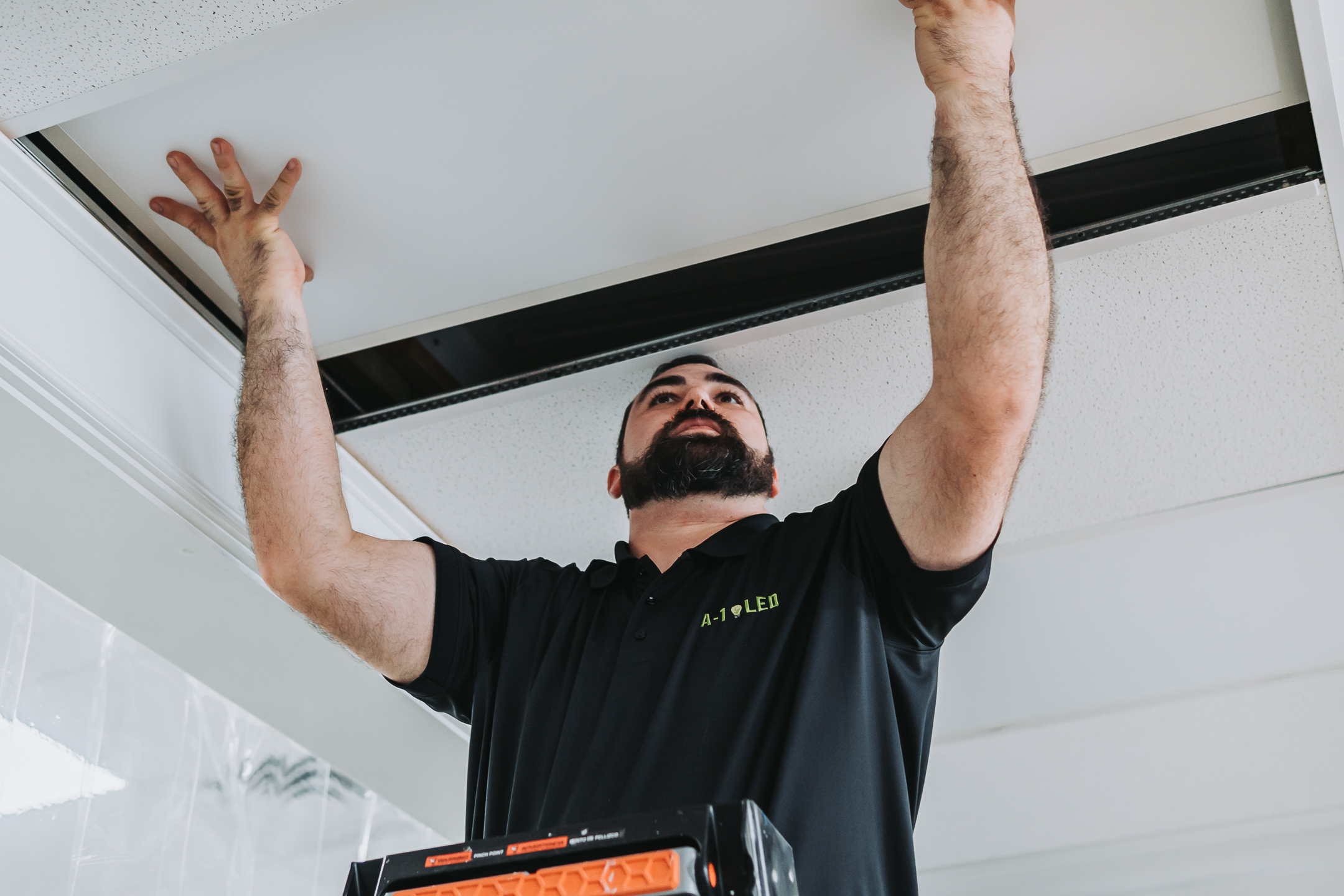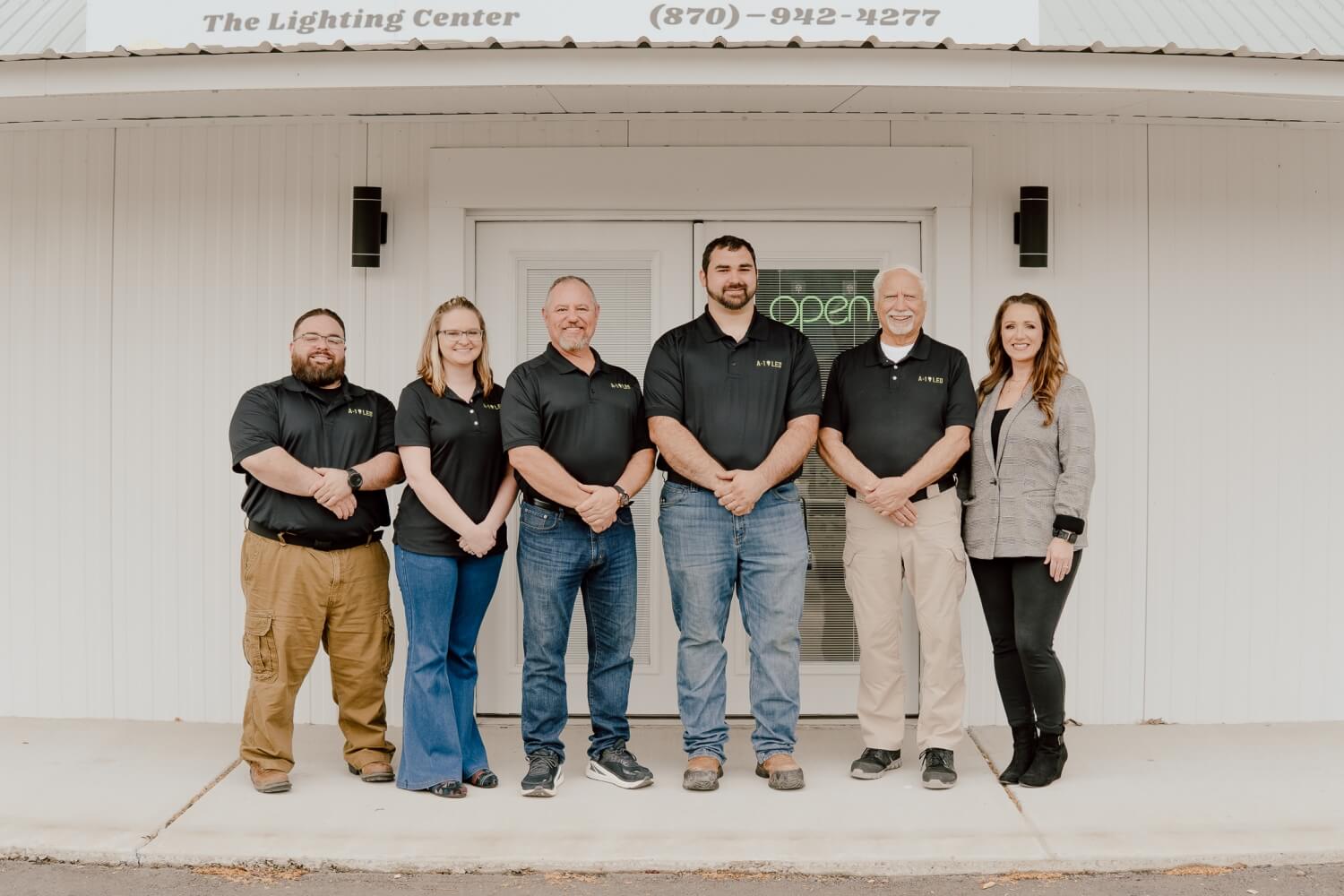Across America, and especially in the South, cities are rethinking how they light their streets, neighborhoods, and public spaces. Why? Because outdated lighting systems are not just costly to operate, they’re also harmful to the environment. In areas such Arkansas and Louisiana, where climate resilience and economic efficiency go hand in hand, LED lighting is emerging as a game-changing solution. The relationship between lighting and carbon footprint is now a top priority for city planners, and switching to LEDs is one of the smartest moves a municipality can make.
The Link Between Lighting and Carbon Footprint
Streetlights and other public lighting systems may not seem like major sources of greenhouse gas emissions, but their cumulative impact is significant. Traditional high-pressure sodium (HPS) and metal halide bulbs require more energy, and when that energy is generated from fossil fuels—as it often is in the southern U.S.—it contributes directly to a city’s carbon footprint.
LED lighting, by contrast, dramatically reduces energy consumption. This means fewer emissions from power plants, a lower carbon footprint for municipalities, and a meaningful step toward meeting state and federal climate goals.
Why LED Lighting Is a Smarter, Greener Choice
1. Massive Energy Savings
LEDs use 50-75% less energy than older technologies. For example, when cities like Shreveport, Louisiana began replacing streetlights with LEDs, they projected a 60% drop in energy use. Not only does this reduce operational costs—it slashes carbon emissions in equal measure.
The energy saved doesn’t just benefit the city budget—it benefits the planet. Less electricity used = less fossil fuel burned = less carbon dioxide released into the atmosphere. When you talk about lighting and carbon footprint, LEDs are the most impactful change you can make.
2. Longer Lifespan = Less Waste
Most traditional streetlights last 2 to 5 years. LEDs, however, can function for over 100,000 hours—more than 11 years of continuous use. That longevity reduces the number of replacements needed, minimizing waste and lowering the environmental impact of production and transportation.
This also means fewer maintenance crews on the road and fewer truck rolls—further lowering emissions.
3. Mercury-Free and Safe for Disposal
Unlike older bulbs that contain mercury or other hazardous materials, LEDs are environmentally safe. They pose no contamination risks during disposal, making them a sustainable choice for environmentally conscious cities.
4. Lower Light Pollution
LEDs can be directed precisely where light is needed, preventing unnecessary spillover into the night sky or nearby homes. Reducing light pollution not only protects unique wildlife and ecosystems but also creates a better living environment for residents.
The Role of Smart LED Technology
Modern LED streetlights aren’t just about illumination—they’re intelligent tools for smarter urban management.
- Smart Sensors can detect movement and adjust brightness accordingly, saving energy during low-traffic hours.
- Wi-Fi Integration allows for smart city connectivity, enabling faster emergency responses and improved public communication.
- Real-Time Monitoring helps city workers quickly detect outages or malfunctions, improving maintenance response time and reliability.
These features reduce unnecessary energy use, increase public safety, and help cities manage resources more effectively.
Overcoming the Upfront Costs
Yes, upgrading to LED lighting requires an initial investment—but this investment pays off quickly. Most cities recoup the cost within three to five years, thanks to:
- Lower energy bills
- Reduced maintenance costs
- Available rebates from energy providers
- Federal infrastructure and sustainability funding
Many LED systems are also designed to retrofit onto existing poles and wiring, minimizing installation time and expense.
Education and Community Support
Public buy-in is crucial. Some communities may initially resist change due to concerns about brightness or aesthetics. However, LED lighting systems are highly customizable. Cities can adjust color temperature and brightness for different zones—ensuring that residential areas remain comfortably lit while commercial zones benefit from enhanced visibility.
Public education campaigns highlighting the benefits of LED lighting—in terms of both safety and carbon reduction—can help ease the transition and build community support.
Ready to Reduce Your City’s Carbon Footprint?
At A-1 LED, we help cities across Louisiana, Arkansas, and Texas modernize their lighting systems with high-performance, environmentally friendly LED solutions. Whether you’re a contractor, city planner, or business owner, we provide expert consultations, retrofitting, and installation services that maximize your return on investment.
Our commitment to quality and long-term value makes A-1 LED a trusted partner for forward-thinking municipalities aiming to shrink their carbon footprint and brighten their future.
Let’s Light the Way Forward
The conversation around lighting and carbon footprint is gaining urgency. Cities that act now can not only reduce their environmental impact but also save money, improve public safety, and position themselves as leaders in sustainability.
Contact A-1 LED today at (870) 942-4277 to learn how your city can join the movement toward smarter, greener infrastructure. Let’s work together to illuminate a cleaner, safer, and more efficient future for Arkansas, Louisiana and Texas.


